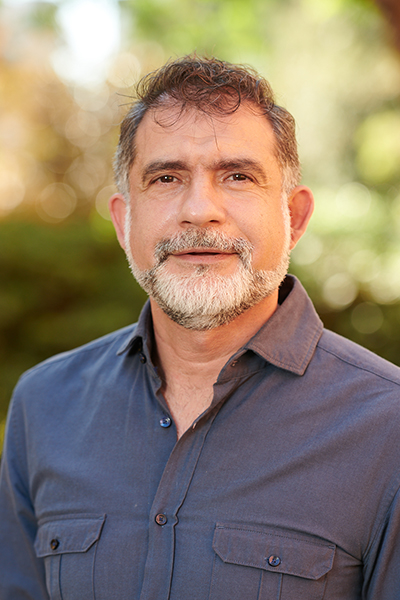Joseph Esdin
Continuing Lecturer

Office: 322 Hershey Hall
Phone: (310) 825-4118
Biography
My interest in teaching began in my upper division courses as an undergraduate and continued into my doctorate program. Departmental academic requirements allow doctoral students to teach undergraduate courses for two quarters during the academic career. Engaging and interacting with the students made teaching a gratifying and rewarding experience both on the first day, and ever since. The idea of sharing my knowledge and expertise on the subject of my passion with students on the path to becoming professionals inspired me to pursue a career in an academically challenging teaching environment. I currently teach Life Sciences 7C (Physiology and Human Biology), PS 111A (Foundations in Physiological Science), PS 136 (Cardiovascular Diseases), PS 166 (Animal Physiology), and PS 5 (Diet and Exercise). In addition, I do teach classes through UCLA Extension: PS 408 (Pathophysiology of Cardiovascular Diseases), PS 410 (Pulmonary Physiology), PS 415 (Endocrinology), PS 425 (Animal Physiology), and PS 435 (Neurophysiology: How the Brain Thinks). I also work with UCLA undergraduates through the TEACH program to provide mentoring and health education to children of low-income families.
Research Interests
My research interest concerns elucidating the cellular mechanisms that underlie long-term habituation of the gill-withdrawal reflex of the marine snail Aplysia californica. To address the question I developed a reduced preparation that exhibits short term habituation (STH) and long-term habituation (LTH) of gill withdrawal. This preparation allowed selective infusion of drugs to localized areas in the central nervous system. Using pharmacological techniques I reinforced a mechanistic analysis of LTH. I showed that this form of habituation lasts for up to 12 hrs and depends on protein synthesis, the activation of protein phosphatase, and the activation of postsynaptic glutamate receptors. The results from my experiments indicate that LTH of gill withdrawal cannot be due to an exclusively presynaptic mechanism, such as homosynaptic depression, as it was previously believed. I also investigated further the cellular mechanism of the gill-withdrawal reflex. I have examined the potential role of gene expression in this from of learning. I have shown that LTH is not expressed when RNA synthesis blockers are applied. In addition, I tested the role of specific proteins, such as calcineurin, to see what effect they have on this learning phenomenon. Calcineurin blocker application blocked LTH.
Education
B.S., Physiological Science, University of California, Los Angeles 1999
M.S., Physiological Science, University of California, Los Angeles 2001
Ph.D., Physiological Science, University of California, Los Angeles 2004
Selected Publications
Esdin J, Roberts AC, Song MY, Dearinger AD, Moridzadeh N, Lu ED, et al. (2011) Habituation of the C-Start Response in Larval Zebrafish Exhibits Several Distinct Phases and Sensitivity to NMDA Receptor Blockade. PLoS ONE 6(12): e29132.
Esdin J, Pearce K, Glanzman DL. (2010) Long-term habituation of the gill-withdrawal reflex in aplysia requires gene transcription, calcineurin and L-type voltage-gated calcium channels. Front Behav Neurosci. 2010 Nov 29;4:181.
Ezzeddine Y, Glanzman DL (2003) Prolonged habituation of the gill-withdrawal reflex in Aplysia depends upon protein Synthesis, protein phosphatase activity, and postsynaptic glutamate receptors. J Neurosci. 2003 Oct 22;23(29):9585-94.

612 Charles E. Young Drive East
Box 957246
Los Angeles, CA 90095-7246
(t) (310) 825-4373
(f) (310) 206-9184

